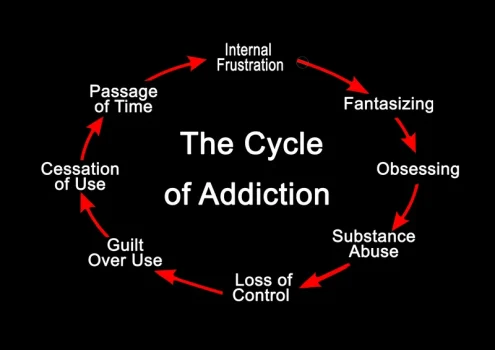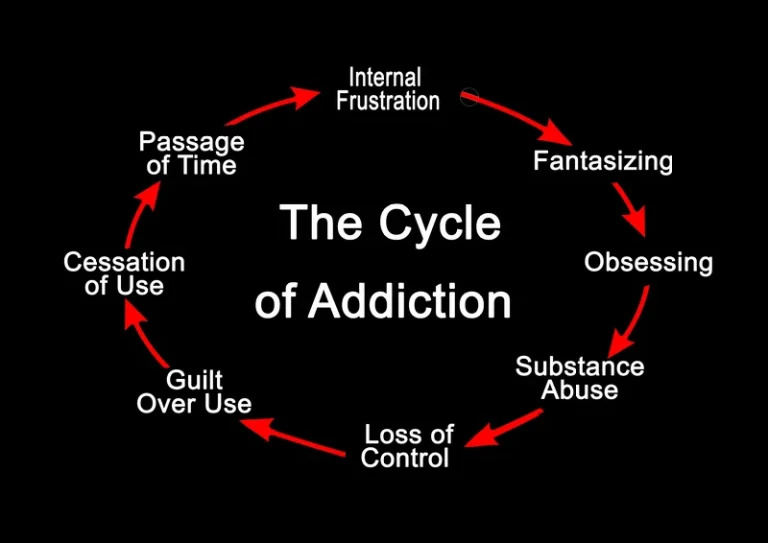Differential Diagnosis of Ketoacidosis in Hyperglycemic Alcoholic Diabetic Patient: Role of Insulin Leave a comment

This increase in hormones can cause a widening of the anion gap, a measure of the concentration of negatively charged ions in the blood. In cases of alcohol withdrawal, appropriate medications and measures may be taken to manage the symptoms and reduce the risk of further complications. However, following senior medical review, given a recent history of drinking alcohol to excess, the diagnosis of AKA was felt more likely.
What Causes Alcoholic Ketoacidosis and What Are the Risk Factors?

These tests include measuring ketone levels, often detecting high concentrations of acetoacetate and beta-hydroxybutyrate. Additionally, they may evaluate blood glucose levels, as well as assess for metabolic acidosis by checking factors such as anion gap and bicarbonate levels. In cases where alcohol consumption is suspected as the cause, doctors will consider this information alongside clinical symptoms. This is why diagnosis and subsequent treatment can sometimes be challenging, but it’s crucial to receive a proper and timely diagnosis to obtain the correct treatment. The next important step in the management of AKA is to give isotonic fluid resuscitation. Dextrose is required to break the cycle of ketogenesis and increase insulin secretion.
Optimizing the postmortem diagnosis of alcoholic ketoacidosis
The resulting increase in the NADH/NAD+ ratio inhibits hepatic gluconeogenesis and elevates the ratio of hydroxybutyric acid to acetoacetic acid. Acetic acid (an acyl group carrier) is linked with coenzyme A (a alcoholic ketoacidosis smell thiol) to produce Acetyl-CoA. Lactic acid levels are often elevated because of hypoperfusion and the altered balance of reduction and oxidation reactions in the liver.
Alcoholic Ketoacidosis: A Serious Complication of Alcohol Abuse
Awareness of these potential complications underscores why timely intervention is crucial. The majority of papers detected by this search focus primarily on diabetes mellitus and its complications, and were excluded. General literature reviews, single case reports, and letters were also excluded. All remaining papers were retrieved and the reference lists hand searched for any additional information sources.
It is crucial to note that there are no identified ethnic or gender differences contributing to the likelihood of developing AKA. Furthermore, AKA can occur in adults of any age, but it is more frequently observed in those aged years who are chronic alcohol abusers. Rarely, AKA might occur after a binge in individuals who are not habitual drinkers. When there’s an imbalance in the production and clearance of ketone bodies, particularly in the presence of alcohol, the body enters a state of alcoholic ketoacidosis. Symptoms of alcoholic ketoacidosis often include nausea, vomiting, abdominal pain, confusion, rapid breathing, and a fruity odor on the breath.

Diabetes, once diagnosed, is mostly managed with changes in diet, lifestyle, and medication adherence. The goal is to prevent high glucose levels, which helps prevent diabetic complications. In DKA, however, the presence of hyperglycemia (high blood sugar) is a hallmark sign since there’s insufficient insulin to regulate blood sugar levels effectively. The combination of high blood sugar and elevated ketones results in acidosis. Alcoholic ketoacidosis (AKA) is a metabolic imbalance that can occur in individuals with alcohol use disorder or after what is Oxford House heavy drinking sessions. The body relies on a balance of metabolic processes to function correctly, and when that balance is disrupted, it can lead to AKA.
The prognosis for individuals with AKA depends on various factors, including the severity of the condition, the presence of other medical complications, and the individual’s commitment to recovery. With prompt medical intervention and appropriate treatment, the outlook for individuals with AKA can be positive. However, it is important to note that continued alcohol abuse can lead to recurrent episodes of AKA and other serious health complications. Seeking medical help and addressing the underlying alcohol abuse problem is crucial for long-term recovery and improved prognosis. Furthermore, alcohol impairs the normal functioning of the pancreas, which plays a crucial role in regulating blood sugar levels. Chronic alcohol abuse can lead to pancreatitis, inflammation of the pancreas, which further disrupts glucose metabolism.
All alcoholic patients presenting with acute illness should be offered contact with addiction services prior to or following discharge wherever possible. All chronic alcohol misusers attending the ED should receive intravenous B vitamins as recommended by The Royal College of Physicians.23 Strenuous efforts must be made to exclude concomitant pathology. Wrenn et al found altered mental status in 15% of patients, attributable in all but one case to hypoglycaemia, severe alcohol intoxication, or infection. Fever was seen in only two patients, both with other likely underlying causes.

The clinically relevant ketoacidoses to be discussed include diabetic ketoacidosis (DKA), alcoholic ketoacidosis (AKA), and starvation ketoacidosis. DKA is a potentially life-threatening complication of uncontrolled diabetes mellitus if not recognized and treated early. It typically occurs in the setting of hyperglycemia with relative or absolute insulin deficiency. The paucity of insulin causes unopposed lipolysis and oxidation of free fatty acids, resulting in ketone body production and subsequent increased anion gap metabolic acidosis. Alcoholic ketoacidosis occurs in patients with chronic alcohol abuse, liver disease, and acute alcohol ingestion.
Diabetic ketoacidosis is a serious complication primarily seen in individuals with type 1 diabetes but can also occur in those with type 2 diabetes under certain circumstances. Without enough insulin, glucose cannot enter cells for energy; instead, the body begins breaking down fat for fuel. Alcoholic ketoacidosis can lead to organ damage, such as pancreatitis; an inflammation of the pancreas that hinders its functionality.
- Diabetic ketoacidosis is a serious complication primarily seen in individuals with type 1 diabetes but can also occur in those with type 2 diabetes under certain circumstances.
- Diagnosing alcoholic ketoacidosis typically involves assessing the patient’s history and conducting tests to determine the presence of ketoacidosis without elevated blood sugar levels.
- When you are experiencing alcoholic ketoacidosis, it’s important to keep an eye on your kidneys as reduced renal perfusion could lead to kidney damage.
- The clinical assessment for Alcoholic Ketoacidosis (AKA) involves a comprehensive evaluation of patient history, physical examination, and laboratory findings.
- Detection of acidosis may be complicated by concurrent metabolic alkalosis due to vomiting, resulting in a relatively normal pH; the main clue is the elevated anion gap.
Similar symptoms in a person with alcohol use disorder may result from acute pancreatitis, methanol (wood alcohol) or ethylene glycol (antifreeze) poisoning or diabetic ketoacidosis. The doctor must exclude these other causes before diagnosing alcoholic ketoacidosis. A person who isn’t eating properly and getting the nutrition the body needs from food because they’re drinking heavy amounts of alcohol instead, starts to get a buildup of excessive amounts of ketones in the body. Patients can have a long-standing history of alcohol use and may also present following binges. Acetic acid is a product of the metabolism of alcohol and also a substrate for ketogenesis. Ketoacidosis is a term that gets thrown around a lot, especially when discussing metabolic disorders.
